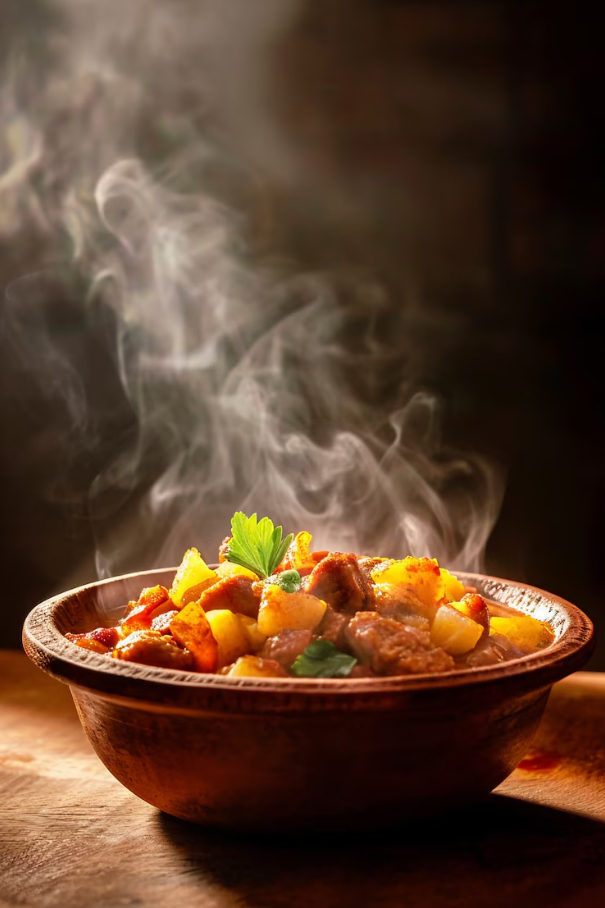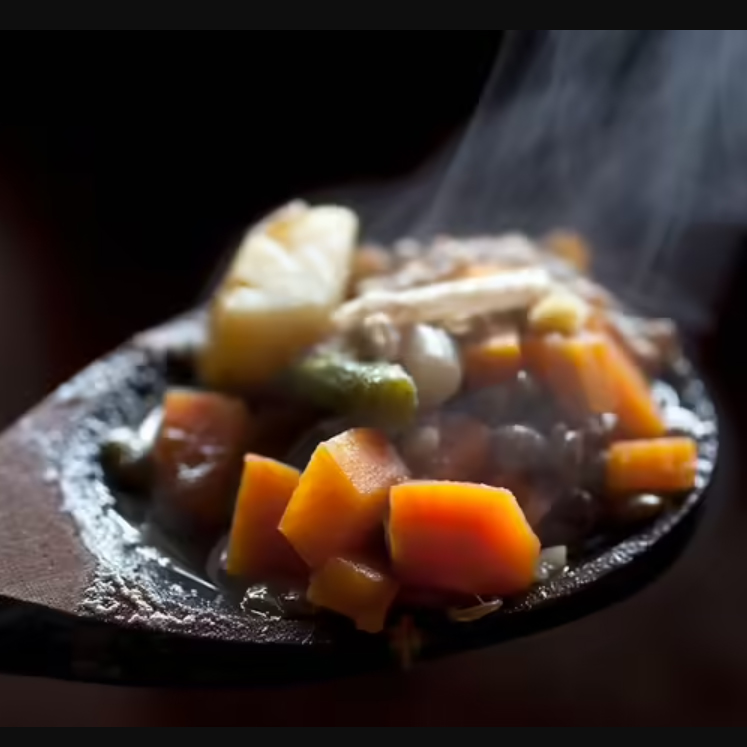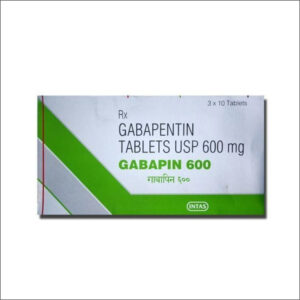Why Cooked Food Tastes Good
Cooked food tastes good for a variety of reasons that span the fields of chemistry, biology, psychology, and culture. When we cook food, we transform its texture, flavor, aroma, and appearance—activating a sensory experience that raw ingredients rarely deliver on their own. But why does this transformation feel so satisfying to our taste buds and brains? Let’s break it down.
1. The Magic of the Maillard Reaction
One of the biggest contributors to the deliciousness of cooked food is the Maillard reaction. This complex chemical reaction happens when amino acids (from proteins) and reducing sugars combine under heat, creating hundreds of new flavor compounds. It’s what gives browned meats, toasted bread, roasted coffee, and baked cookies their characteristic taste and aroma. The result? A deep, savory, slightly sweet, and often nutty flavor that’s incredibly appealing.
2. Caramelization of Sugars
Another heat-driven reaction is caramelization, which occurs when sugars break down under high heat. This reaction produces sweet, buttery, and nutty flavors that are beloved in everything from seared vegetables like onions and carrots to desserts like crème brûlée. Caramelization intensifies the natural sweetness in ingredients, making them more palatable and flavorful.
3. Enhanced Aroma
Smell plays a huge role in how we perceive flavor, and cooking significantly boosts the aroma of food. As food heats up, volatile aromatic compounds are released, stimulating the olfactory receptors in our nose. This is why the smell of freshly baked bread or sizzling bacon can make our mouths water even before we take a bite.

4. Improved Texture and Mouthfeel
Cooking can soften tough fibers, melt fats, and create crispy surfaces—all of which contribute to a more enjoyable eating experience. For example, a raw potato is hard and starchy, but after roasting or frying, it becomes soft inside with a crispy exterior. Similarly, raw meat is chewy and unappetizing, but when cooked, it becomes tender and juicy. These textural changes not only make food easier to eat but also more pleasurable.
5. Concentration and Blending of Flavors
Heat can reduce the water content of foods, concentrating their flavors. This is especially noticeable in stews, sauces, and roasted vegetables. At the same time, cooking helps different ingredients blend together harmoniously, allowing spices, herbs, fats, and other components to meld into a cohesive flavor profile.
6. Increased Digestibility and Nutrient Availability
From a biological standpoint, cooking makes food easier to digest and often increases the bioavailability of certain nutrients. For example, cooked tomatoes release more lycopene, a powerful antioxidant, than raw ones. While this doesn’t directly influence taste, our bodies are wired to crave foods that provide energy and nutrients efficiently. Over time, humans have evolved to associate cooked food with nourishment and satisfaction.
7. Cultural and Emotional Significance
The enjoyment of cooked food isn’t just chemical—it’s also emotional and cultural. Comfort foods like stews, casseroles, or home-cooked meals often carry nostalgic value, connecting us to family traditions and memories. The act of cooking itself can be an expression of love, creativity, or celebration. Our brains link these positive associations to the flavors we experience, making cooked food even more enjoyable.
In essence, cooked food tastes good because heat unlocks a symphony of chemical reactions that amplify flavor, aroma, and texture. It makes food safer, easier to digest, and more complex and comforting on both a biological and emotional level. From the sizzle of a skillet to the warmth of a baked dish, cooking transforms ordinary ingredients into something truly satisfying—and that’s a beautiful thing.
Our Products
-
Gabapentin 600MG
$1.50 / Per Pill
-
Azithryomycin 500MG
$2.50 / Per Pill
-
Viagra 200MG
$1.50 / Per Pill






